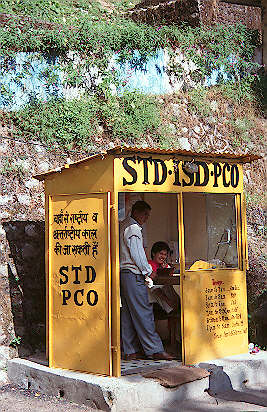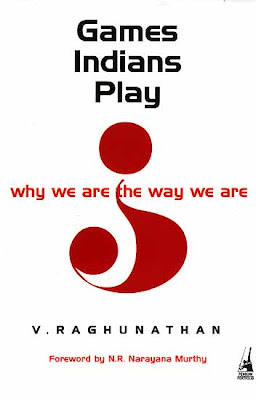Technology, Society and Business

There are numerous definitions for the word ‘Leadership’. One of the definitions says ‘The ultimate test of practical leadership is the realization of intended, real change that meets people’s enduring needs’ and my mind cannot think of a better person than Sam Pitroda who is the best example I can ever think of practical leadership. The man who demonstrated for the first time to Indians what technology means and how it can change the whole society. His leadership brought ‘Technology-Business-Society’ together and being a tech-industry professional I have only one word for this person: ‘Hats-off’
For people don’t know who Sam Pitroda is, look into the nearby STD booth in any small ‘Ghalli’ in India. He is the man behind ‘conceptualizing’ the STD booth based business model and made it possible in India’s ‘Ever-challenging’ environment using technology. He founded Center for Development of Telematics (C-DAC) in 1984. He along with his colleagues ‘invented’ the telephone time measurement and billing machine which we can now see every ‘Ghalli’ of India. This is ‘low-cost-high-robust’ machine, produced in large volumes and operates well in adverse climatic conditions of India. Also he did all these things when Indian economy was closed and there is no support from any foreign entity for this simply because of the tight trade regulatory environment.
Today ‘Roti, Makhan aur Mobile’ is the latest buzzword in India. Wherever we go we can see people using mobile phones, landlines and Broadband Internet connections. For most of the telecom companies in the world India is the hottest market and investment is pouring in from all directions. Ranging from Singtel (Which holds 31% stake in Bharthi telecom) to Verizon I can see every global player in this field now. Apart from service providers handset manufacturing firms like Nokia are setting up manufacturing facilities in India. According to the latest statistics India has 49 million fixed telephone line users and 76 million mobile phone users, which is 12.5% of total population. This also shows that there is remaining 87.5% of population who don’t have telephone connections and opens up a huge opportunity for telecom companies. India is one of the very few countries in the world where incoming mobile calls are free. Apart from this the ‘Connecting’ India, telecom industry is acting as the backbone of IT industry. Without this strong telephony infrastructure off-shoring an out-sourcing would not have been made possible.
No one can deny the fact that Sam sowed seeds two decades back because of which India is benefiting today. He stands out as an example for vision, demonstration of leadership, enabling less privileged people using technology, building business and generating employment in India and of course acting as a inspiration for lakhs and lakhs for young Indians like me.
For people don’t know who Sam Pitroda is, look into the nearby STD booth in any small ‘Ghalli’ in India. He is the man behind ‘conceptualizing’ the STD booth based business model and made it possible in India’s ‘Ever-challenging’ environment using technology. He founded Center for Development of Telematics (C-DAC) in 1984. He along with his colleagues ‘invented’ the telephone time measurement and billing machine which we can now see every ‘Ghalli’ of India. This is ‘low-cost-high-robust’ machine, produced in large volumes and operates well in adverse climatic conditions of India. Also he did all these things when Indian economy was closed and there is no support from any foreign entity for this simply because of the tight trade regulatory environment.
Today ‘Roti, Makhan aur Mobile’ is the latest buzzword in India. Wherever we go we can see people using mobile phones, landlines and Broadband Internet connections. For most of the telecom companies in the world India is the hottest market and investment is pouring in from all directions. Ranging from Singtel (Which holds 31% stake in Bharthi telecom) to Verizon I can see every global player in this field now. Apart from service providers handset manufacturing firms like Nokia are setting up manufacturing facilities in India. According to the latest statistics India has 49 million fixed telephone line users and 76 million mobile phone users, which is 12.5% of total population. This also shows that there is remaining 87.5% of population who don’t have telephone connections and opens up a huge opportunity for telecom companies. India is one of the very few countries in the world where incoming mobile calls are free. Apart from this the ‘Connecting’ India, telecom industry is acting as the backbone of IT industry. Without this strong telephony infrastructure off-shoring an out-sourcing would not have been made possible.
No one can deny the fact that Sam sowed seeds two decades back because of which India is benefiting today. He stands out as an example for vision, demonstration of leadership, enabling less privileged people using technology, building business and generating employment in India and of course acting as a inspiration for lakhs and lakhs for young Indians like me.

Comments